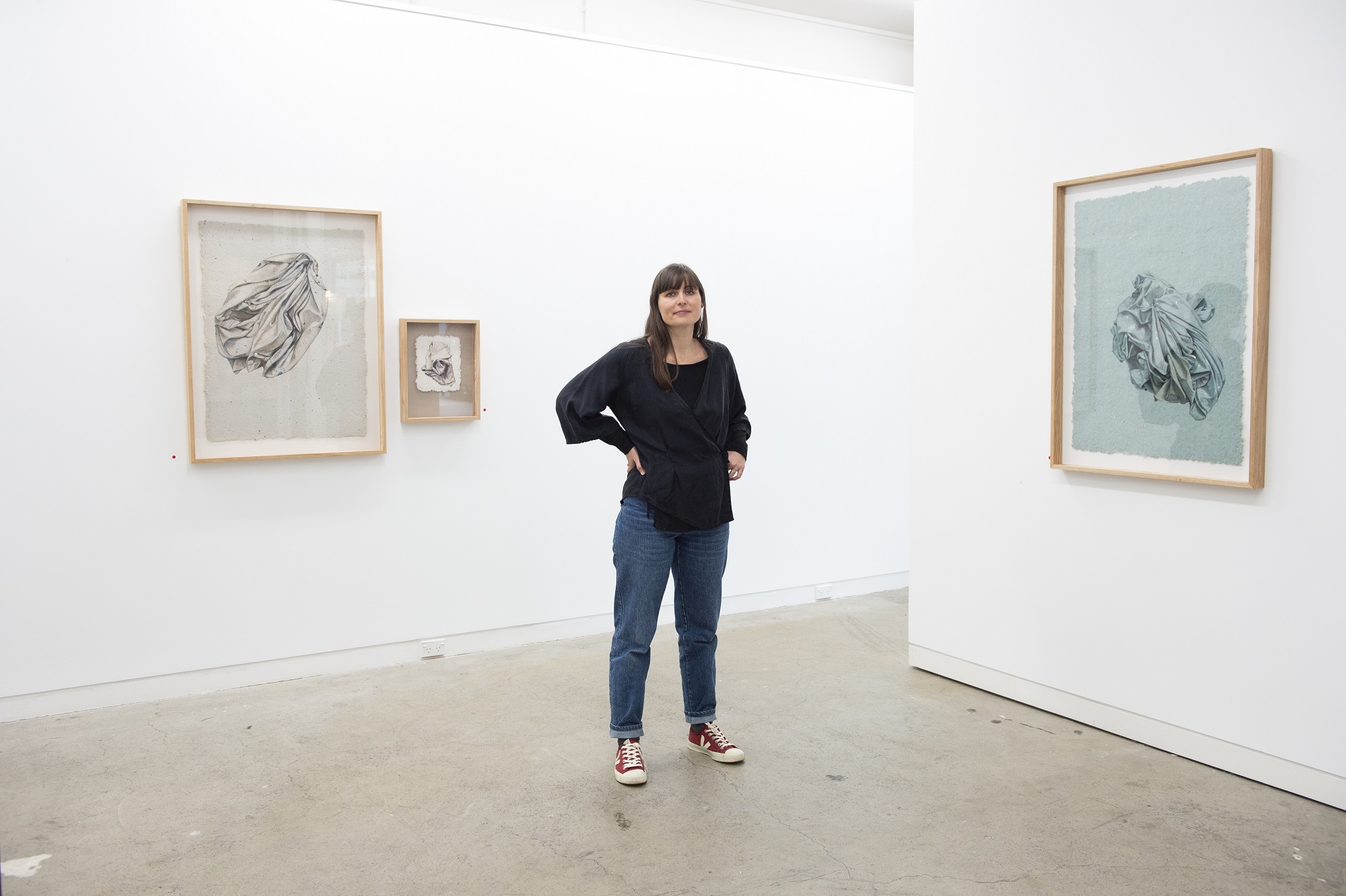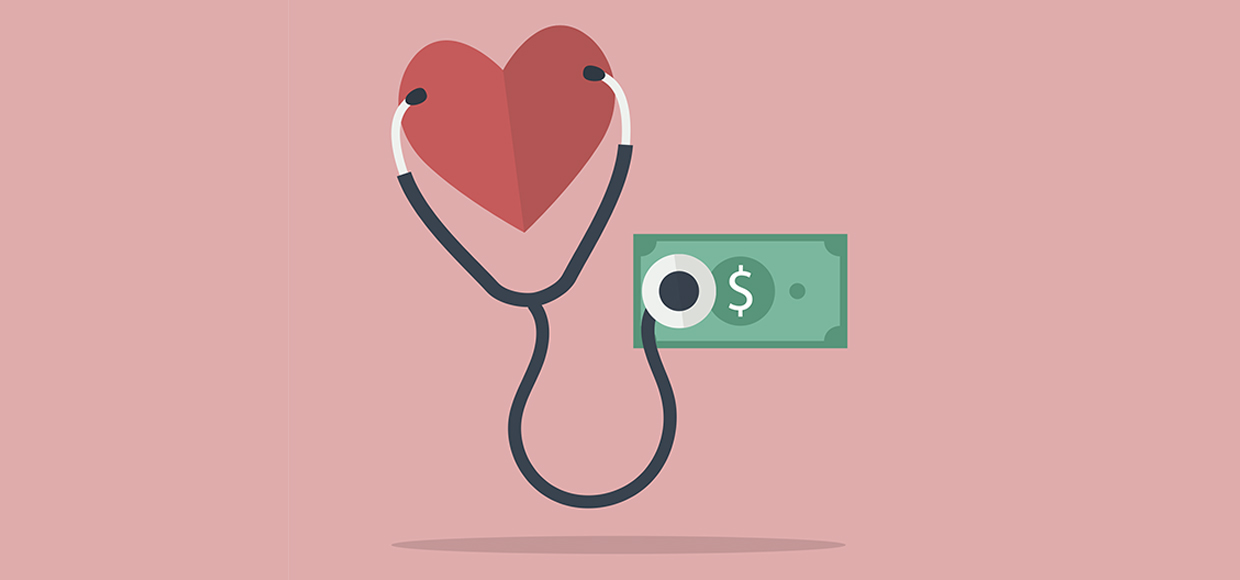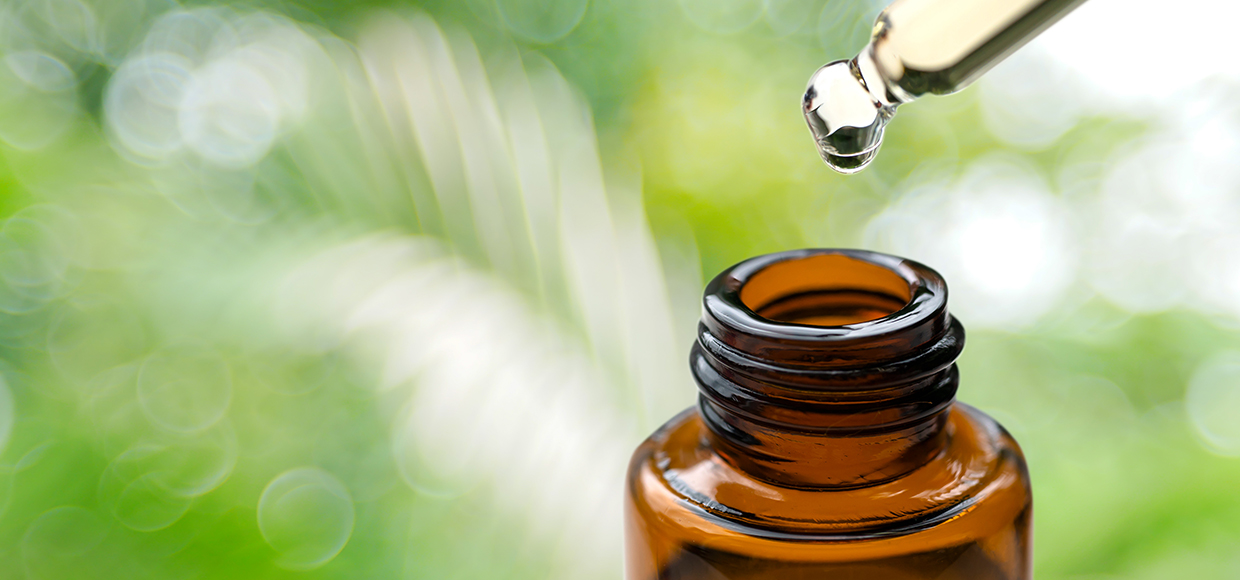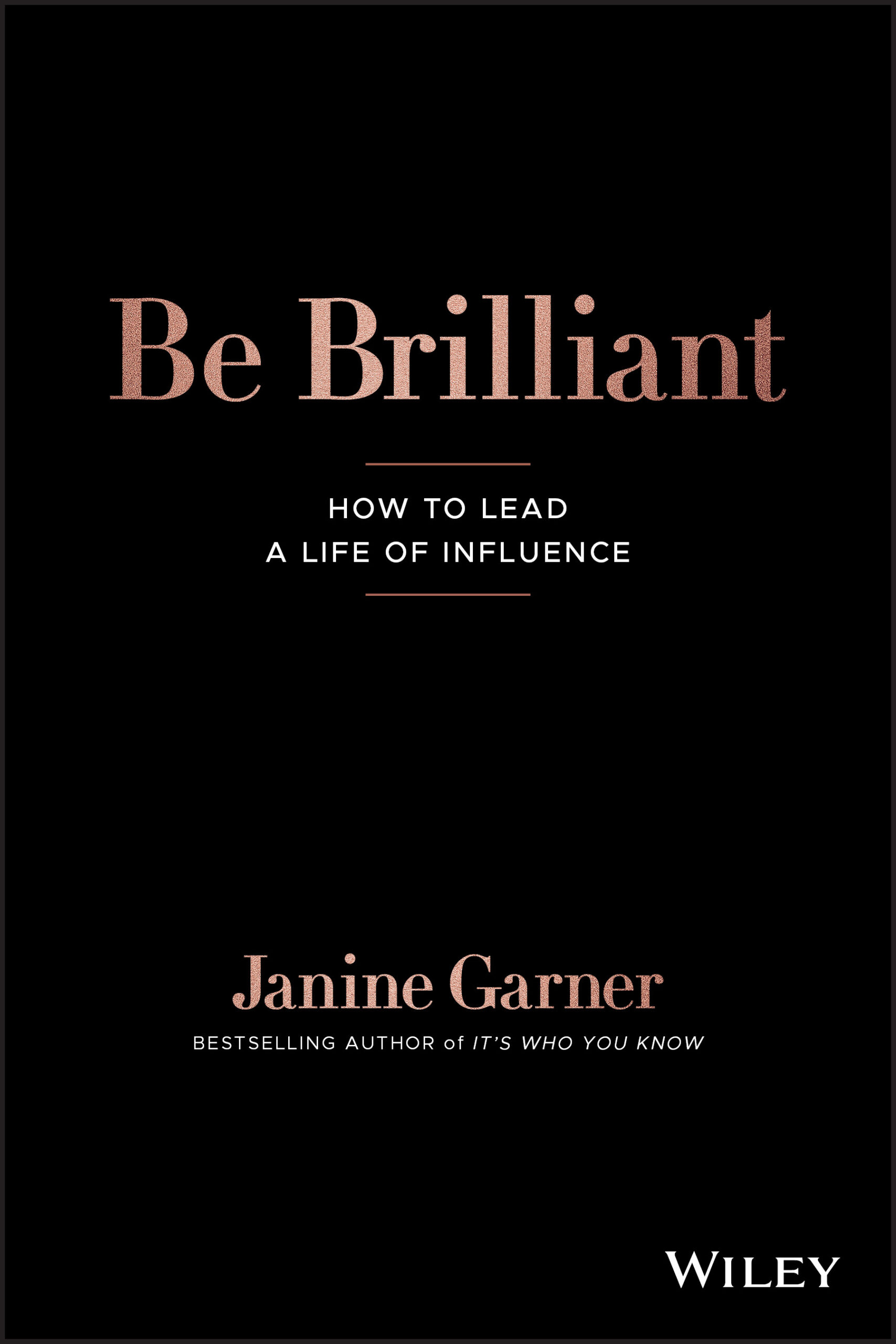Visual artist Marita Hewitt has a new exhibition all about waste, opening 4 July and running until 27 July 2019.
Words Emily Bell
Kerikeri artist Marita Hewitt has long been fascinated with the circular economy of waste. Her first works, created when she used to walk her dog through the streets of Kingsland, was through an attachment to the beauty of dilapidation and entropy. She experimented in watercolour, painting isolated characters in isolated spaces. This idea of decay and disrepair now feeds into Hewitt’s current art, very much an artistic collision of her own life, expressed through household fabric waste and demonstrating how every life form has a circular aspect. It’s an environmentally conscious decision with a sensitive approach to materials and processes.
Hewitt’s new exhibition This Moment Has No End, has just opened at the Page Blackie Gallery in Wellington. It’s a body of work that’s evolved from solely watercolour, and now explores the crooks and crannies of waste as a central idea.
“I’ve created work using selected personal household fabric waste, namely sheets, tea towels and muslin cloths,” Hewitt explains. Her artistic domain is a selected area of her home, where she also looks after her two year old daughter. “Productivity comes in very carefully choreographed time slots throughout the week. When I’m at home with my daughter, I do my thinking work amidst domestic duties, and now my physical work comes in very efficient bursts: when I’m in the studio, it’s all go.”
It’s evident that domesticity as a principal waste maker feeds both into Hewitt’s personal life and the methods she uses to create her art. It starts as a journey of discovery as she figures out how to first achieve the art and then improve it, with little equipment and space. With paper art, general cleaning agents and domestic materials are used in the creation.
“First I cut the paper into small pieces and soak it for a few days before it’s boiled in a baking soda solution for four hours on my stove. Next, the fabric is rinsed, then pulped. Then I fill a container with water and gelatine and using a sieve I made, with insect mesh, I go about building the paper on melamine board, with shifting sections and layers keeping mindful of structure and consistency.”
Hewitt then dries the paper outside and applies a gelatine solution to the paper before she starts to paint. She works with photographs of the same fabric that she took in advance as a reference, and paints using watercolour. Hewitt carefully focuses on the folds and creases in the fabric, detailing each tear of fabric and every imperfection as she documents its life.
Her upcoming exhibition intends to question our modern relationship to waste, from its production to its end. On display is art formed from multiple materials; from bed sheets and tea towels to duvets. It’s a shocking observation of the pure quantity of waste in daily life, which she experienced during a trip to China.
“There were plastic dumping grounds instead of bins. Piles of waste grew and were cleared once weekly. It gave me the idea to create a porcelain replica of a pile of exotic rubbish by hand,” Hewitt says.
It’s an exhibition determined to encourage people to question their decisions surrounding waste, whilst also reflecting on their own life. Post-exhibition, Hewitt intends to concentrate on motherhood and gardening, but not too far into the future has a plastic waste collaboration with George Hooper and The Formary. Watch this space.
When: 4 – 27 July 2019
Where: Page Blackie Gallery, Wellington.

-web.jpg)
_med-res.jpg)




